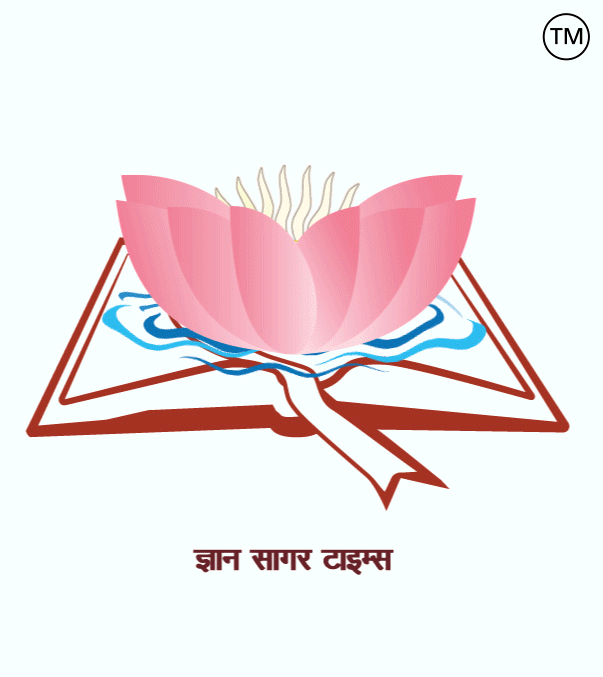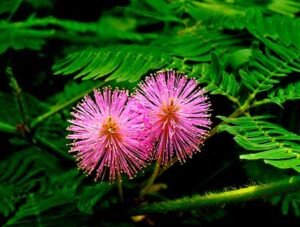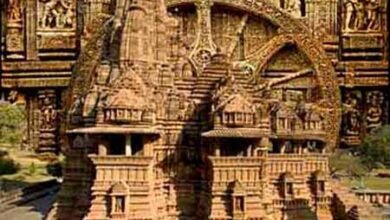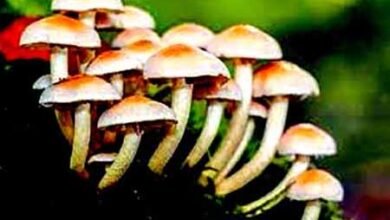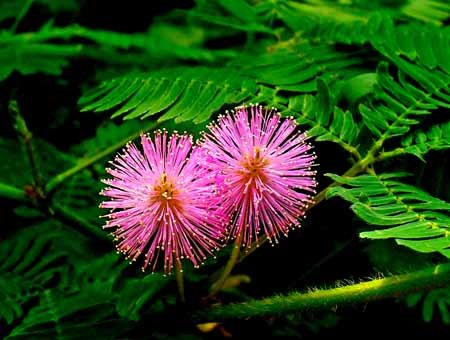
Related to botany-188.
|
1. The study of fruits is? = Pomology. 2. The study of flowers is? = Anthology. 3. What is studied in mycology? = Fungi. 4. How many parts of plants are there? = Five (root, stem, leaves, flowers and fruits). 5. How many parts of a flower are there? = 4 whorls – Calyx, Corolla, Androecium and Gynoecium. 6. Which plant leaves wither when touched? = Mimosa 7. Due to which deficiency in the soil, loss of chlorophyll occurs in plants? = Magnesium and iron. 8. By which seeds become swell when placed in water? = Imbibtion. 9. The botanical name of the Birch bark “bhojpatra”? = Betula utilis. 10. Turmeric has a botanical name? = Curcuma longa (Curcuma longa). 11. Botanical name of the Potato is? = Solanum tuberosum. 12. Apple’s botanical name is? = Malus pumila. 13. Lemon has a botanical name? = Citrus aurantifolia. 14. What is the botanical name of mango? = Mangifera indica. 15. Botanical name of ginger? = Zingiber officinale. 16. The modified stem rhizome is found in? = Ginger. 17. Whose flower is symmetric or asymmetric epigynous? = Ginger. 18. During photosynthesis, the chlorine helps in transfer? = Electron. 19. By what method is a Clone generated? = Asexual method. 20. Where is the cell wall found? = Plant cell. 21. The cell wall is made up of which substance? = Cellulose. 22. Major function of cell wall? = Helping to maintain certain shape and size. 23. What is sandalwood ‘Chandan’ generally considered? = Partial root parasite. 24. Pollination in sugarcane and wheat is performed? = By wind. 25. In some xerophytes such as Calotropis, the deposited substance is found above the outer skin? = Of wax or silica. 26. In muscular or succulent plants, a special type of thin-walled cells grow to store water is called? = Parenchyma cells. 27. Which tissue is also found to be well developed in the xerophytes? = Cortex. 28. Which secretory tissue or vessels are found in cortex? = Resin and latex. 29. To leaves of tropical grasses become enrolled or enfolded due to presence of? = Motor or bulliform cells. 30. In xerophytes, the hypodermal cells contain crystal of? = Starch. 31. Whose deposition is found in relatively high amounts on the walls of xylem tissue? = Lignin. 32. Which type of mesophyll cells are found in Pinus needle (leaf)? = Folded mesophyll). 33. Whose plants stabilize with the help of roots in soil? = Climber plant. 34. Which sugars are naturally found to be the sweetest sugars? = Fructose. 35. Most chromosomes are found in = Pteridophytes.
Dr. (Pro.) Amrendra Kumar. ========== ========= =========== वनस्पति विज्ञान से संबंधित-188.
1. फल विज्ञान के अध्ययन को? = पोमोलाजी. 2. पुष्प विज्ञान के अध्ययन को? = एन्थोलॉजी. 3. माइकोलॉजी में किसका अध्ययन किया जाता है? = कवक. 4. पौधों के कितने भाग होते है? = पाँच (जड़, तना, पत्तियां, फूल और फल). 5. फूल के कितने भाग होते हैं? = चार (दल, वाहय दल, पुंकेसर और स्त्रीकेसर). 6. स्पर्श करने पर किस पौधे की पत्तियाँ मुरझा जाती हैं? = छुई-मुई. 7. भूमि में किसकी कमी के कारण पौधे में हरिमहीनता पाई जाती है? = मैग्नीशियम तथा लोहे. 8. किसके कारण जल में रखने पर बीज फूल जाते है? = अन्त शोषण. 9. भोजपत्र का वानस्पतिक नाम है? = बेटुला यूटिलिस (Betula utilis). 10. हल्दी का वानस्पतिक नाम है? = करकुमा लौंगा (Curcuma longa). 11. आलू का वानस्पतिक नाम है? = सोलेनम ट्यूबरोसम (Solanum tuberosum). 12. सेब का वानस्पतिक नाम है? = मैलस प्यूमिला (Malus Pumila). 13. नींबू का वानस्पतिक नाम है? =साइट्रस औरंटीफोलिया ( Citrus aurantifolia). 14. आम का वानस्पतिक नाम क्या है? = मेंगीफ़ेरा इण्डिका (Mangifera Indica). 15. अदरक का वानस्पतिक नाम? = जिंजिबर ऑफ़िसिनेल (Zingiber officinale). 16. किस्में रूपांतरित तना राइजोम पाया जाता है? = अदरक. 17. किसका पुष्प युग्मसंमित या असंमित इपिगाइनस होता है? = अदरक. 18. क्लोरीन प्रकाश संस्लेषण में किसका स्थानान्तरण करती है? = इलेक्ट्रानो का. 19. क्लोन को किस विधि से उत्पन्न किया जाता है? = अलैगिंक विधि. 20. कोशिका भित्ति कहाँ पाया जाता है? = पादप कोशिका. 21. कोशिका भित्ति किस पदार्थ से बनता है? = सेलूलोज. 22. कोशिका भित्ति का प्रमुख कार्य ? = निश्चित आकृति एवं आकार बनाए रखने में सहायक होना. 23. चन्दन को सामान्यत: क्या माना जाता है? = आंशिक मूल परजीवी. 24. गन्ना और गेहूँ में किसके द्वारा परागण होता है? = हवा द्वारा. 25. कुछ मरुदभिदों जैसे केलोट्रोपिस में बाह्य त्वचा के ऊपर किसका निक्षेपण पाया जाता है? = मोम या सिलिका का. 26. मांसल या गूदेदार पौधों में जल संचय करने के लिए विशेष प्रकार की पतली भित्ति वाला कोशिकाएं विकसित हो जाती हैं उसे कहते हैं? = मृदूतकी कोशिकाएं. 27. मरुभिदों में कौन सा ऊतक भी सुविकसित पाया जाता है? = वल्कुट ऊतक या कोर्टेक्स. 28. वल्कुट ऊतक में कौन सी वाहिकाएँ पाई जाती हैं? = रजिन व लेटेक्स. 29. कुछ विशेष प्रकार की मरुभिदीय घासों में किसकी उपस्थिति के कारण ये पत्तियाँ लिपट कर गोलाकार हो जाती हैं? = आवर्धक या बुलीफार्म कोशिकाओं (motor or Hinge or bulliform cells). 30. मरुभिद् पौधों की अंतश्त्वचा कोशिकाओं में प्रायः किसके कण उपस्थित होते हैं? = स्टार्च. 31. जाइलम ऊतक की भित्तियों पर किसका स्थूलन अपेक्षाकृत अधिक मात्रा में पाया जाता है? = लिग्निन का. 32. पाइनस की सूच्याकार पत्तियों में पर्ण मध्योतक की कोशिकाएँ कैसी पायी जाती हैं? = अंर्तवलित (folded mesophyll). 33. किसके पौधे मृदा में जड़ों की सहायता से स्थिर रहते हैं? = आरोही पौधे. 34. प्राकृतिक रुप से पायी जाने वाली शर्कराओं में सबसे मीठी शर्करा होती है? = फ्रक्टोज. 35. सबसे अधिक क्रोमोसोम किसमें पाए जाते हैं? = टेरिडोफाइट्स.
डॉ. ( प्रो. ) अमरेंद्र कुमार.
|

